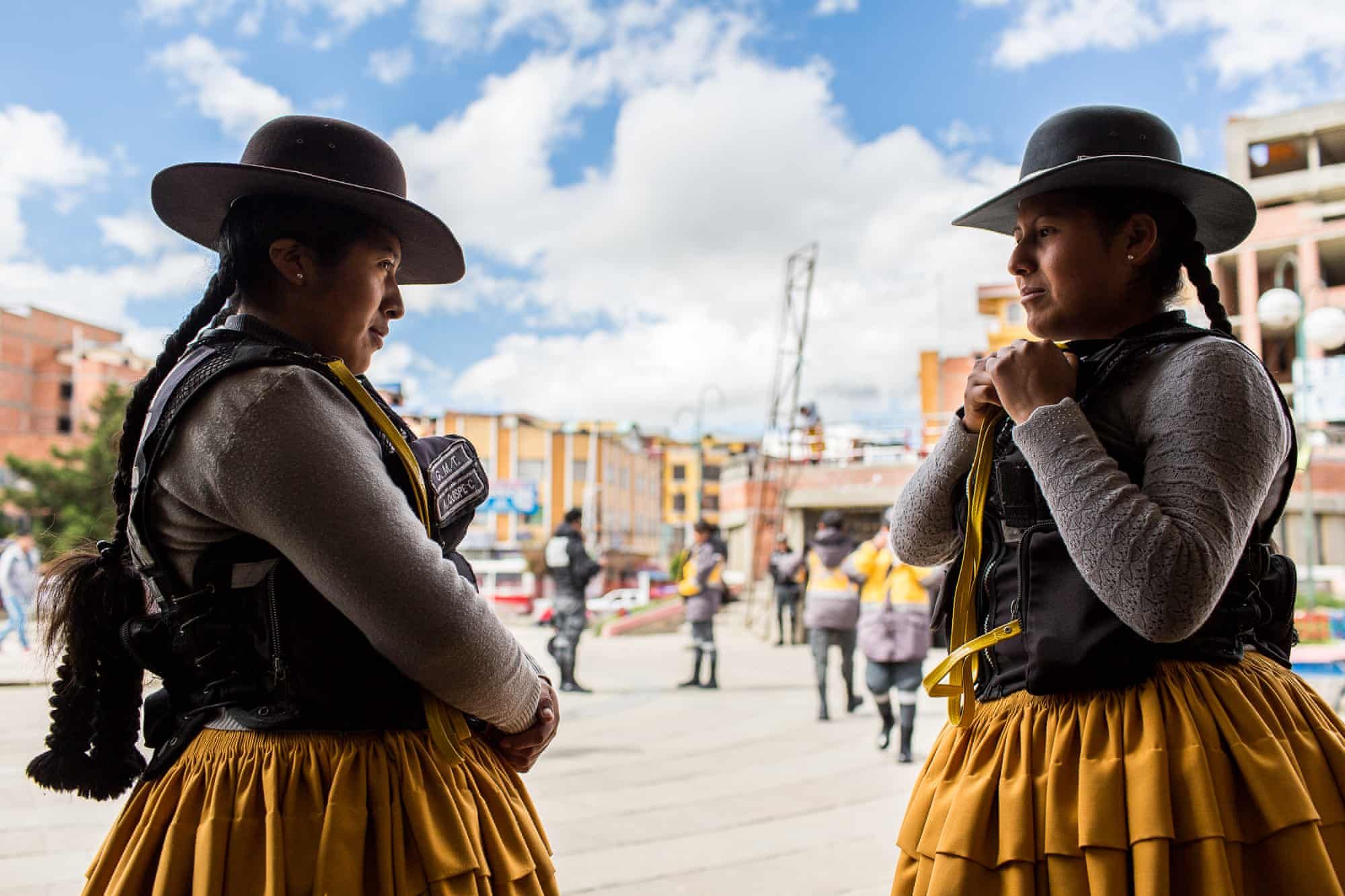The Fascinating World Of Traditional Cholita Dress

Have you ever wondered about the vibrant clothing worn by Bolivian women? The traditional Cholita dress is more than just colorful fabric. It tells stories of culture, history, and pride. These outfits, often featuring bowler hats, layered skirts, and shawls, are a symbol of identity for many indigenous women. Each piece of the Cholita dress has a unique meaning, from the way the hat is worn to the number of skirts layered. This attire isn't just for show; it's a celebration of heritage. Join us as we explore the rich history and significance behind this iconic Bolivian fashion.
The Origins of Cholita Dress
Traditional Cholita dress has deep roots in Bolivian culture. These vibrant outfits are more than just clothing; they symbolize identity, pride, and resilience. Let's explore some key elements of this fascinating attire.
Pollera Skirt The pollera is a wide, layered skirt that reaches the ankles. Made from heavy fabric, it often features intricate embroidery. Women wear multiple polleras to create a voluminous look.
Bowler Hat The bowler hat, or "bombín," is a signature piece of the Cholita outfit. It sits perched on the head, often tilted to one side. The hat's position can indicate a woman's marital status.
Shawl or Manta A colorful shawl, known as a manta, drapes over the shoulders. Made from wool or alpaca, it provides warmth and adds a splash of color to the ensemble.
The Significance of Accessories
Accessories play a crucial role in completing the Cholita dress. Each piece carries its own meaning and purpose, enhancing the overall look.
Jewelry Cholitas often wear large, ornate jewelry. Gold and silver necklaces, earrings, and brooches are common. These pieces showcase wealth and status.
Hair Braids Long, thick braids are a traditional hairstyle for Cholitas. Often adorned with ribbons or beads, the braids symbolize femininity and cultural heritage.
Footwear Traditional shoes, called "cholitas," are flat and made from leather. They are practical for walking on the uneven streets of Bolivian cities.
Modern Adaptations of Cholita Dress
While the traditional Cholita dress remains popular, modern adaptations have emerged. These contemporary versions blend old and new, creating a unique fashion statement.
Fashion Shows Cholita fashion shows have become a popular event in Bolivia. Designers showcase innovative takes on traditional attire, incorporating modern fabrics and styles.
Everyday Wear Some Cholitas have adapted their traditional dress for everyday use. Lighter fabrics and simpler designs make the outfits more practical for daily activities.
Cultural Festivals During cultural festivals, Cholitas often wear elaborate versions of their traditional dress. These events celebrate Bolivian heritage and allow for creative expression.
The Role of Cholita Dress in Social Movements
The Cholita dress has also played a significant role in social movements. It serves as a powerful symbol of resistance and empowerment.
Political Activism Cholitas have used their traditional dress to make political statements. By wearing their attire during protests, they assert their identity and demand respect.
Economic Independence Many Cholitas have turned their dressmaking skills into a source of income. Selling handmade clothing and accessories provides financial stability and independence.
Cultural Preservation By continuing to wear and promote their traditional dress, Cholitas help preserve Bolivian culture. They pass down their knowledge and skills to younger generations, ensuring the tradition lives on.
Celebrating Cholita Dress
Traditional Cholita dress is more than just clothing. It represents Bolivian culture, history, and resilience. The bowler hat, pollera skirt, and mantas are symbols of pride and identity for Cholita women. These garments tell stories of indigenous heritage and the fight for recognition and respect.
When visiting Bolivia, take time to appreciate the vibrant Cholita fashion. Attend a Cholita wrestling match or a local festival to see these beautiful outfits in action. Understanding the significance behind the attire enriches your travel experience and deepens your connection to the culture.
Next time you see a Cholita woman in her traditional dress, remember the strength and history she carries. This unique fashion is a testament to the enduring spirit of Bolivia's indigenous people. Celebrate and respect this important cultural expression.

